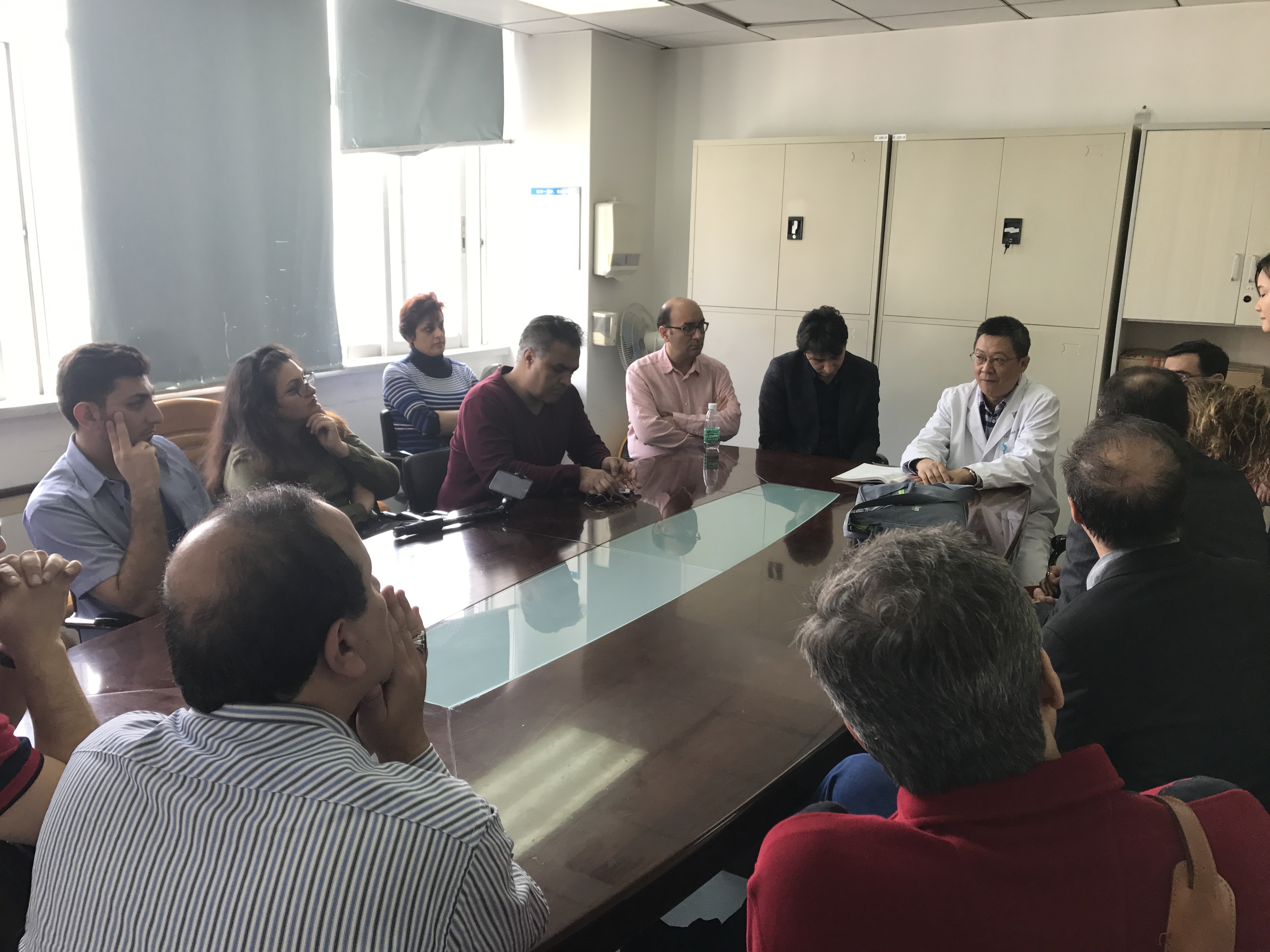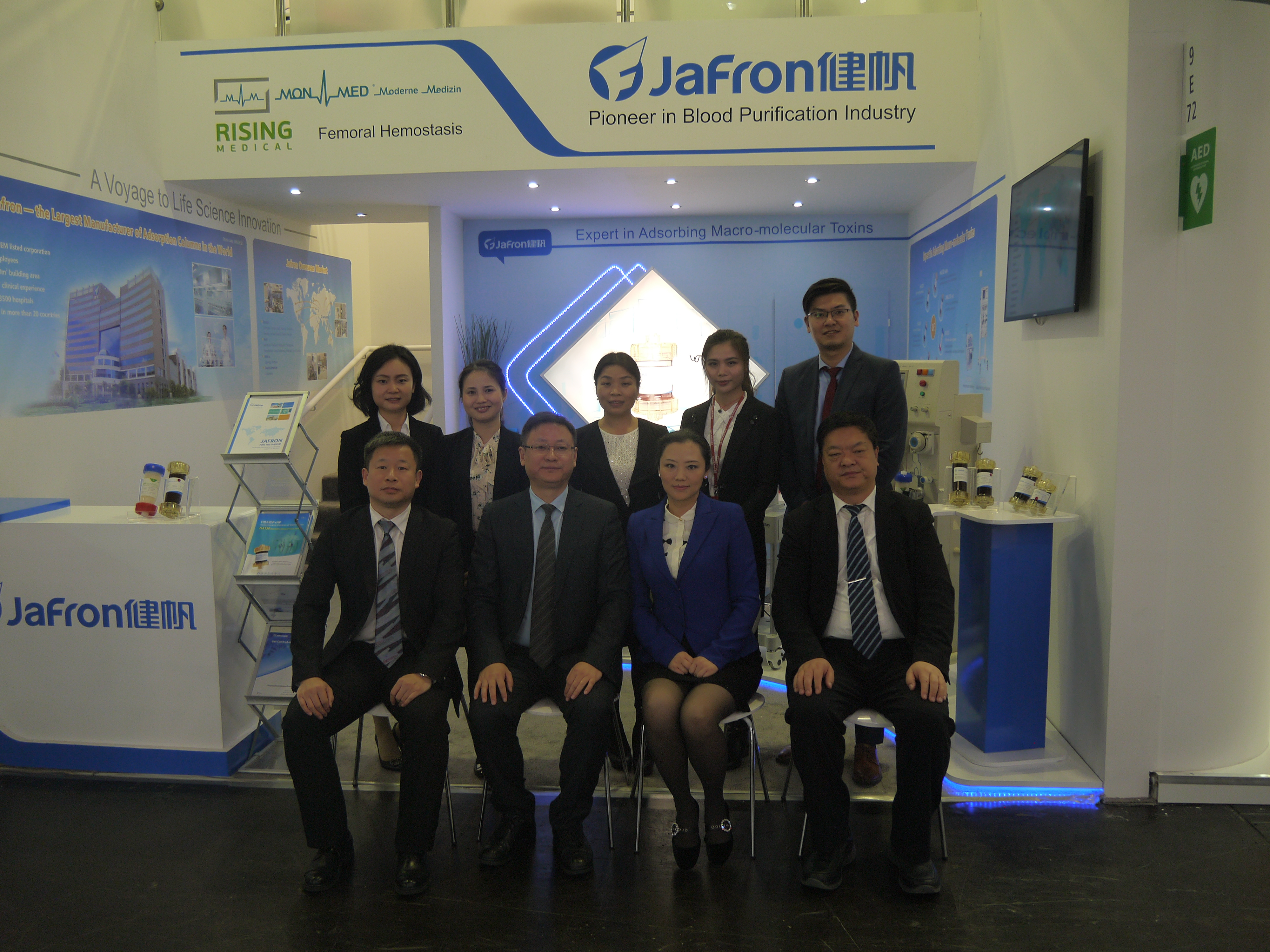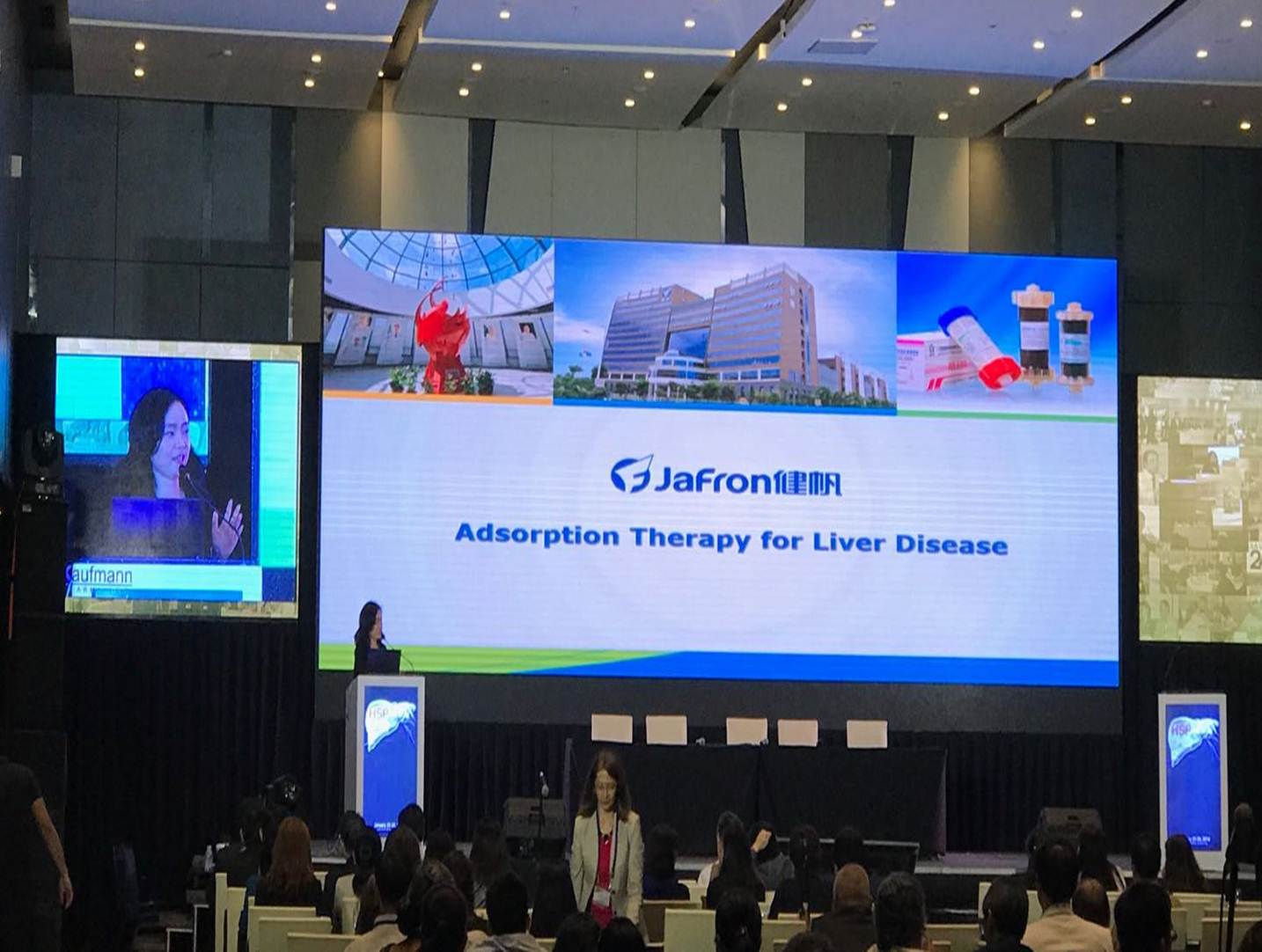HA380/HA330 for 2019-nCoV Infection with ARDS
Author:Sherry Zhang Date:2024-10-21

As we all know, recently an epidemic with 2019-nCoV has occurred in China. On Jan 31, 2020, the WHO declared the outbreak to be a public health emergency of international concern, which may cause some public panic. However, at the critical moment, all we need to do is maintaining a rational attitude and taking positive measures.
The government is positively taking all efforts to control the situation and support the epidemic area, and companies are actively contributing to the fight against the epidemic, so as JAFRON.
On Jan 27, 2020, the China National Health Commission releases the 4th trial version of Diagnosis and Treatment Scheme for Pneumonitis with Novel Coronavirus Infection, in which we find that the main clinical manifestations of the novel coronavirus are fever, fatigue, and dry cough. Based on the current epidemiological investigation, the incubation period is generally 3-7 days, and the longest does not exceed 14 days. From the current situation, most patients have a good prognosis, children are with relatively mild symptoms, and a few patients develop critically illness. Death cases are more common in the elderly and those with chronic underlying diseases.
In severe cases, the patients develop dyspnea after one week. Some may progress rapidly to acute respiratory distress syndrome (ARDS), septic shock, metabolic acidosis difficult to correct and coagulopathy. The scheme provides the principles of treatment for the severe cases: based on symptomatic treatment, positive complications prevention is necessary; while treating the patients with underlying diseases, preventions for the secondary infections and prompt organ supports are highly recommended.

Prof. Li Lanjuan, an academician of the Chinese Academy of Engineering, director of state key laboratory of diagnosis and treatment of infectious diseases, who also has remarkable experience in fighting the H7N9 bird flu, reported that many critically ill patients treated in the 1st Hospital of Zhejiang University were with organ failure, the artificial liver support and ECMO have played a very important role in the management procedures. She points out, application of artificial liver support system treatment can reduce or eliminate inflammatory factors, reduce or eliminate liver toxins, supplement nutrients, improve liver and kidney function, improve electrolyte disorders, and maintain a stable internal environment.

Prof. Claudio Ronco, President of the International Renal Research Institute of Vicenza, Italy, called on ICU from hospitals in various countries to take fully actions to prevent the sepsis-like symptoms and the process into MODS of the 2019-nCoV novel coronavirus infection. In the video, Prof. Ronco shares the opinions as below:
1) The drug effect is inconclusive, more organ support are required for better efficacy.
2) Extracorporeal organ support (ECOS) includes ECMO, dialysis, and artificial liver support, which can serve as a bridge to win more time for patients.
3) With the adsorption technology, hemoperfusion can remove excess inflammatory mediators caused by abnormal inflammatory conditions in patients so as to maintain the immune balance.

According to Berlin definition of ARDS 2012, acute respiratory distress syndrome is characterized by increased pulmonary blood vessel permeability and decreased air-containing lung tissue due to pulmonary inflammation.
During the onset of ARDS, a large number of inflammatory mediators (cytokines such as TNF-a, IL-1, IL-6, IL-8, and IL-10) are involved to cause a cytokine storm, resulting in excessive lung inflammation and lung damage.


During the hemoperfusion therapy, the patient's blood is directly contacted with the adsorbent in the hemoperfutor, the metabolites and poisons in the body are adsorbed by the adsorbent so as to remove these substances.

The HA380/HA330 disposable hemoperfusion cartridges are specially developed for critically ill patients. The adsorbent inside the cartridges is neutral macro-porous adsorption resin.

Due to its large amount of neutral porous structures and high specific surface area, it can adsorb excessive inflammatory factors and excessive oxidative metabolites in the blood through different interaction forces, down-regulate the intensity of inflammatory response and restore the body's immunity, thereby controlling the disease progression and reducing important organ damage and its complications.
Relevant theoretical support
1) The Peak Concentration Hypothesis of Prof. Claudio Ronco, the dean and founder of the International Renal Research Institute of Vicenza, Italy, indicates that quickly and massively removing inflammatory mediators and cytokines from the blood can reduce the damage to organs. (Artif Organs, Vol. 27, No. 9, 2003)
2) The threshold hypothesis of Prof. Patrick M. Honore, a critical medicine expert from Belgian, indicates that there is a balance between the blood and tissue, by removing the inflammatory mediators and cytokines from the blood will also reduce the levels of the substances in the tissue. (Critical Care Medicine 2004; 32:896-897 )
Experiment on animals

An animal study (Xu et al. Ann. Intensive Care (2017) 7:84) aims to assess the efficacy of HA330 hemoadsorption on endotoxin-induced porcine acute respiratory distress syndrome (ARDS) model, with the positive results show that:
1) HA treatment significantly improved injured oxygenation induced by LPS.
2) HA also partially improved the barrier permeability and reduced lung edema and inflammation/injury induced by LPS infusion.
3) Proteomic analysis showed the differentially expressed proteins between HA- and HA-sham-treated groups mostly belonged to the categories of acute inflammation/immune response, and proteolysis.
Clinical practice and further Clinical study
From January to December 2018, a retrospective observational study of 15 cases of sepsis caused by influenza and other diseases was performed in the ICU of the Aachen University Hospital in Germany. The patients were treated with HA hemoperfusion and observed changes in various cytokines and prognosis.

RESULTS
1) 12 of the 15 patients showed drop in lactate measurements. All patients showed increase in the pH measured, decrease in Norepinephrine doses.
2) However individual elimination rates varied widely, from 11% to 83% for IL-6, from 6% to 65% for IL-10, and from 3% to 48% for TNF-alpha.

CONCLUSION
In the extremely ill patients, the use of the HA cartridge reduced IL-6, IL-10 and TNF-alpha to a higher extend in surviving patients, indicating that these cytokines might be the potential biomarkers for HA hemoperfusion therapy.
The OuTCASt program
In order to observe the effects of HA380 hemoperfusion therapy on inflammatory factor levels, complications, mortality, ICU and hospital stay in patients with septic shock and severe sepsis, Jafron, together with Aachen University Hospital (Germany), CHU-Brugmann (Belgium), Klinikum rechts der Isar München (Germany), Medical University of Vienna (Austria), and many other well-known hospitals in the world, launched a global multicenter clinical study on sepsis (OuTCASt) at the 32nd European Society Intensive Care Medicine (ESICM LIVES 2019) held in Berlin, Germany.

Recommended therapy
Once/day for 3-5 consecutive days (2h~6h each time)
* According to the patient's condition, other blood purification treatment modes can be contacted.
Treatment Modes of HA380/HA330
Multiple Treatment Modes offer a flexible choice for the clinical application




At the critical moment of fighting against the novel coronavirus epidemic, as a leading national enterprise in the field of blood purification, Jafron takes the social responsibilities without hesitation, not only provides cash and necessary suppliers worth 1,000,000 USD for the epidemic areas, but also pays close attention to the epidemic situation by providing help to doctors and patients in time, and working side by side with hundreds and thousands of compatriots on the way to fight the epidemic.
















